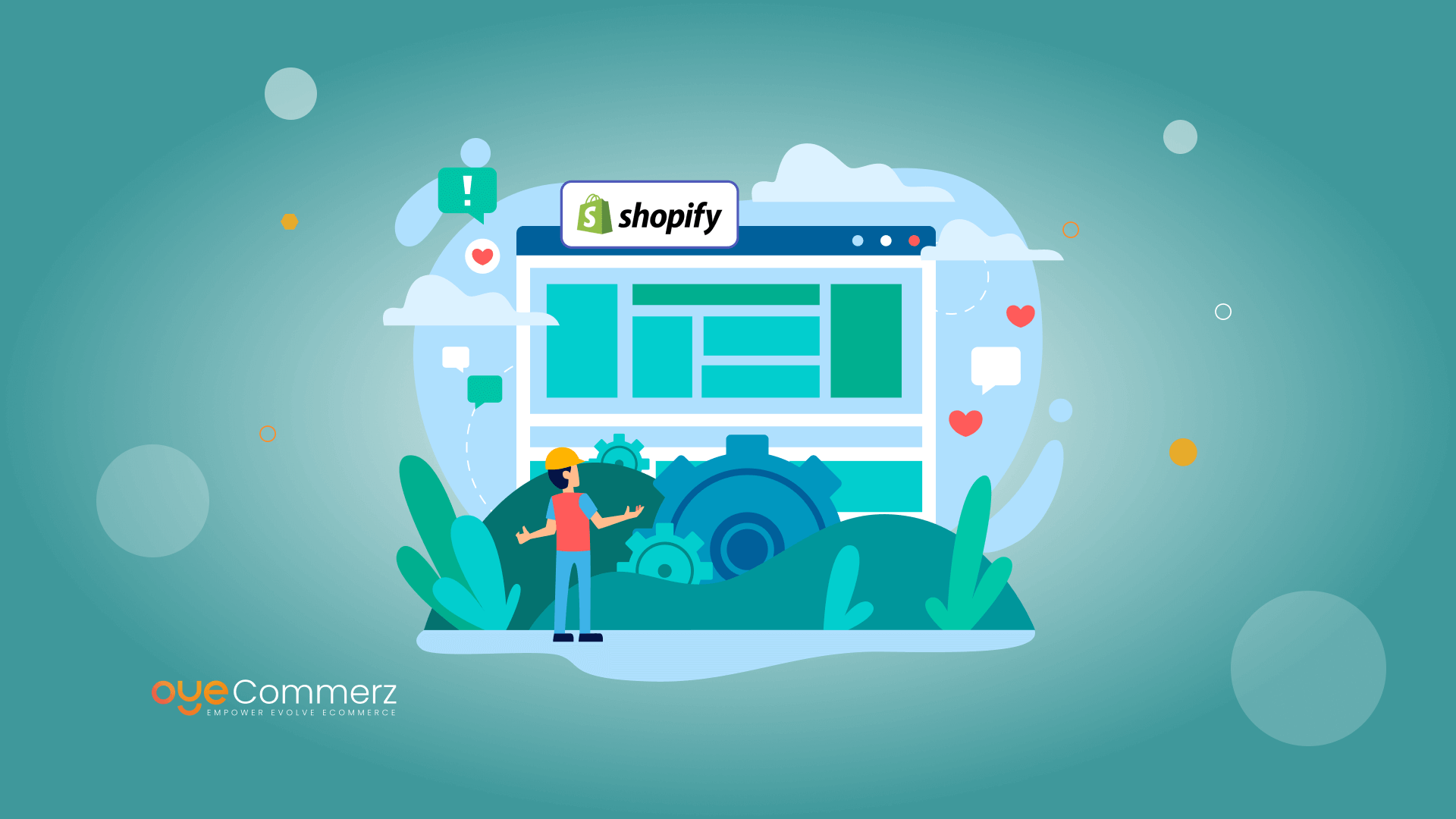
Starting Point
In the current competitive e-commerce market, Shopify store owners are continually searching for ways to maximize profits and streamline their workflow. A highly effective solution is through personalized Shopify apps designed to address individual requirements. Syncing with the Shopify API and utilizing tools like the Polaris design system, such applications empower companies to expand effectively while boosting customer engagement. In this post, we’ll explore essential elements of Shopify app development, from visual design concerns and essential features to recommended strategies for maintaining and growing apps successfully.
1. Understanding Shopify API Connection
A comprehensive understanding of Shopify’s Application Programming Interface—involving REST and Graph Query Language—is key for creating high-performing Shopify applications. With these APIs, programmers can access, update, and handle details within a Shopify site. The GraphQL API provides fast information processing, enabling quicker outputs by fetching only the necessary information. Linking to the API allows developers to customize app features to the organization's specific needs, providing a integrated customer interaction that enhances store efficiency and sales.
2. Utilizing the Shopify’s Polaris framework
Shopify’s Polaris design system helps app creators to create a cohesive and intuitive interaction across Shopify applications. Polaris gives a suite of elements and best practices that align with Shopify’s visual standards, allowing apps appear integrated within the Shopify platform. This method goes beyond aids natural customer touchpoints but also aids preserve branding uniformity, an important factor in building trust with users.
3. Creating within the Shopify App Ecosystem
The Shopify app ecosystem is vast, allowing app creators to build built-in Shopify applications that function in a shop's control interface. Internal apps streamline the customer journey by incorporating directly within Shopify’s dashboard, cutting down on the requirement for separate logins or extra steps. For programmers, leveraging Node.js for backend processes and React.js for the UI has grown into a popular choice, as these technologies facilitate expandable, adaptive applications that offer an optimal interface.
4. Core Features for Shopify Apps
A high-performing Shopify app requires capabilities that resolve critical challenges in the digital sales process. Webhooks for instant updates, bespoke design customization options, and omnichannel retailing capabilities are essential additions that can boost store management and customer experience. By integrating these components, Shopify applications don’t just simplify in-house tasks but also enhance the shopper's journey.
5. Best Practices for Creating Shopify Apps
When creating Shopify apps, it’s important to adhere to optimal techniques. Upkeep methods such as regular updates, customer support, and security patches are necessary for building consumer confidence. Digital marketing for Shopify applications can also be used to enhance app exposure and adoption. User retention strategies, including prompt messages and incentive plans, are key for keeping customers and creating a devoted audience.
6. Scaling Shopify Apps for Growth
As Shopify shops grow, growing app performance becomes critical to manage increased traffic and feature requests. Using cloud-based setups and focusing on data management through Graph Query Language can enable apps expand without slowdowns. It’s just as crucial to have a plan for growing the app’s framework to support increased demand, including a guide for selecting a development partner with expertise in Shopify apps.
7. Examining the Investment of Developing Shopify Applications
Building tailored Shopify apps can range broadly in cost depending on the capabilities, linkages, and unique adjustments needed. Essential elements like API integrations, customer engagement tools, and digital marketing capabilities can drive up costs. However, the profit potential is often beneficial, as these Shopify apps for multi-channel retailing applications can immediately boost sales and simplify store operations.
8. Support Plans
Maintaining an app is equally necessary as developing it. Ongoing improvements to resolve issues, improve security, and maintain integration with the new Shopify versions are essential. Proactive app maintenance strategies also feature client help and function upgrades that keep up with the digital retail landscape.
9. Tools for Building Shopify Apps
Shopify supplies a variety of resources to ease the app-building journey, from app development frameworks like Node.js and React to Webhooks for real-time updates. Tools like Shopify’s CLI streamline the development workflow, while Shopify App Bridge enables embedded apps to connect easily with Shopify’s admin interface. These resources are key for building applications that are both functional and user-friendly.
10. Future Trends in Shopify App Development
The engaging customers with Shopify future of Shopify application building is exciting, with innovations moving towards machine learning tools, enhanced omnichannel capabilities, and improved app extension options. As digital retail develops further, programmers will need to stay ahead these trends to create applications that go beyond fulfill but surpass customer needs.
Final Thoughts
Personalized Shopify software give a strategic method for online stores to grow effectively, increase revenue, and enhance workflows. From connecting with data interfaces and the Polaris design system to advanced features and maintenance strategies, all factors of Shopify app creation plays a key role in providing a smooth experience for shoppers. As Shopify moves forward, anticipating emerging directions in application creation will help businesses make the most of Shopify’s extensive platform, solidifying their place in the digital retail industry.